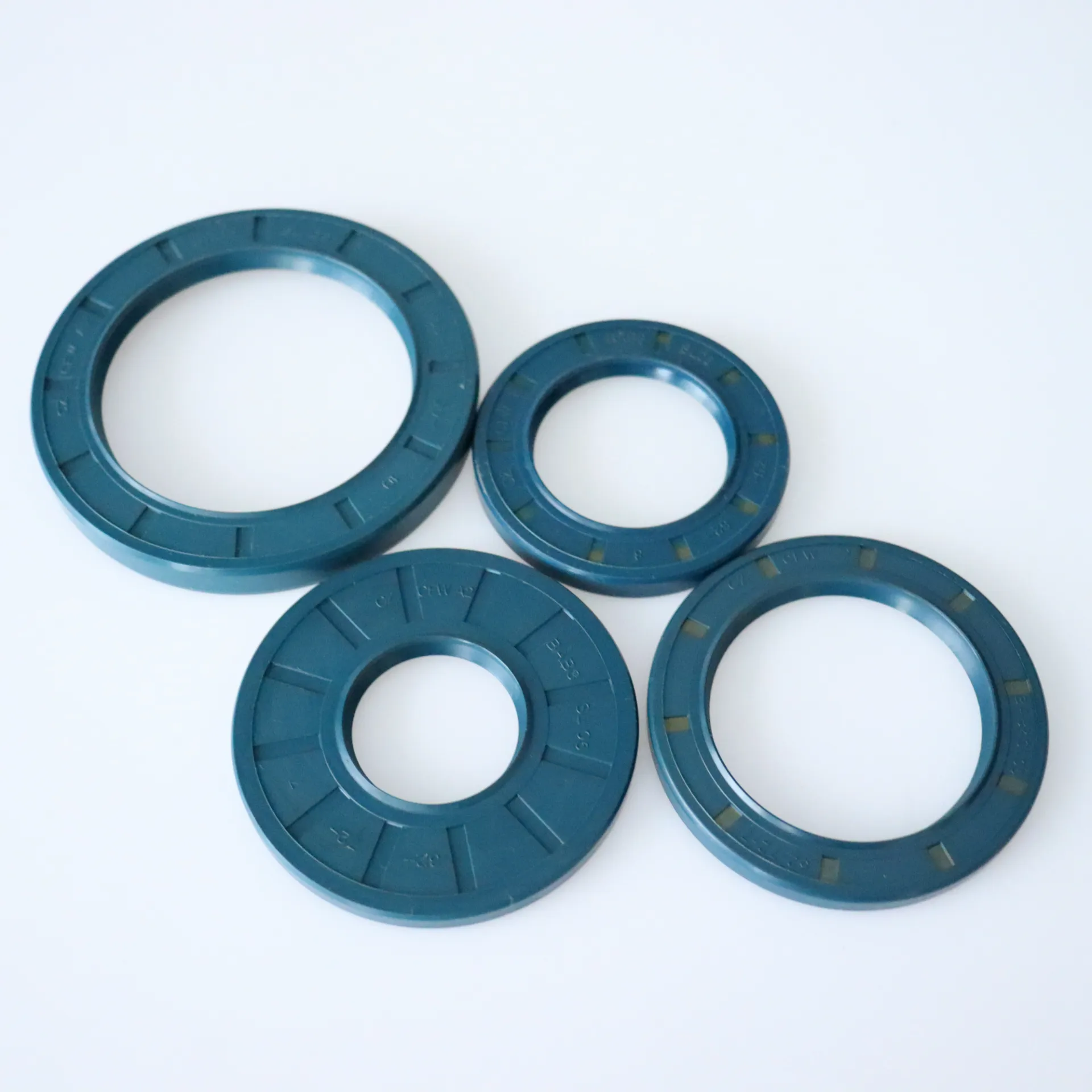Nov . 14, 2024 23:11 Back to list
pump seal kit replacement
Understanding Pump Seal Kit Replacement A Comprehensive Guide
Pumps are integral components in various industrial applications, aiding in the transfer of liquids in processes such as wastewater management, oil and gas, and chemical processing. However, over time, pumps can experience wear and tear, particularly in their sealing mechanisms. When this happens, it’s essential to address the issue promptly to avoid costly downtime and potential damage. One key maintenance practice is replacing the pump seal kit.
What is a Pump Seal Kit?
A pump seal kit is designed to provide a hermetic seal around the pump's rotating shaft, preventing the liquid being pumped from leaking out. This kit typically includes several components, such as seals, O-rings, bearings, and sometimes even lubricants. The specific contents can vary based on the pump design and manufacturer. By regularly replacing these seals, you ensure optimal performance and longevity of the pump.
Why is Seal Replacement Important?
1. Prevent Leaks The primary function of a seal is to prevent fluid leaks. Over time, seals can degrade due to heat, pressure, chemical exposure, or simple wear. A damaged seal can lead to significant volume losses, impacting operational efficiency and potentially leading to hazardous conditions.
2. Maintain Pump Efficiency A pump operating with a compromised seal can experience reduced efficiency. Leaks can create back pressure and increase energy consumption, leading to higher operational costs. Replacing the seal kit can restore efficiency, ultimately saving money in energy bills.
3. Protect Against Contamination In applications where the fluid being pumped must remain uncontaminated—such as food processing or pharmaceuticals—integrity of the seals is critical. Any degradation can allow contaminants to enter the system, jeopardizing product quality and safety.
4. Extend Equipment Lifespan Regular maintenance, including seal replacement, directly contributes to the longevity of the pump. By preventing leaks and internal damage, you can avoid the need for premature pump replacement, which can be a considerable investment.
Steps for Replacing a Pump Seal Kit
pump seal kit replacement

1. Gather Necessary Tools and Materials Before beginning the replacement process, make sure you have the right tools and the replacement seal kit for your specific pump model. Common tools include wrenches, screwdrivers, a gasket scraper, and sometimes a heat gun.
2. Shut Down and Isolate the Pump Ensure the pump is turned off and isolated from the power supply. Drain the pump of any fluid to prevent spills and ensure a safe working environment.
3. Disassemble the Pump Carefully disassemble the pump according to the manufacturer’s guidelines. It’s important to take note of the order of disassembly, as this will help during reassembly.
4. Remove Old Seals Use appropriate tools to carefully remove the old seals from their housing. Take care not to damage the seal housing, as this could lead to improper sealing in the future.
5. Install New Seals Clean the seal area thoroughly before installing the new seals from the kit. Follow manufacturer instructions for placement, ensuring that each component is fitted correctly.
6. Reassemble the Pump Once the new seals are in place, reassemble the pump in the reverse order of disassembly. Make sure all screws and bolts are tightened to the recommended specifications.
7. Test the Pump After reassembly, conduct a test run of the pump at low pressure. Monitor for leaks and ensure the seals are functioning correctly before returning the pump to full operation.
Conclusion
Regular maintenance, including the timely replacement of pump seal kits, plays a crucial role in ensuring optimal performance and longevity of your pumps. By understanding the importance of seals and the replacement process, operators can significantly reduce the risks of leaks, contamination, and pump failure. Implementing a scheduled maintenance routine that includes seal replacement can lead to increased operational efficiency and reduced costs over time. Remember, an ounce of prevention truly is worth a pound of cure when it comes to pump maintenance.
-
TCN Oil Seal Metal Ring Reinforcement for Heavy Machinery
NewsJul.25,2025
-
Rotary Lip Seal Spring-Loaded Design for High-Speed Applications
NewsJul.25,2025
-
Hydraulic Cylinder Seals Polyurethane Material for High-Impact Jobs
NewsJul.25,2025
-
High Pressure Oil Seal Polyurethane Coating Wear Resistance
NewsJul.25,2025
-
Dust Proof Seal Double Lip Design for Construction Equipment
NewsJul.25,2025
-
Hub Seal Polyurethane Wear Resistance in Agricultural Vehicles
NewsJul.25,2025
-
The Trans-formative Journey of Wheel Hub Oil Seals
NewsJun.06,2025
Products categories
















